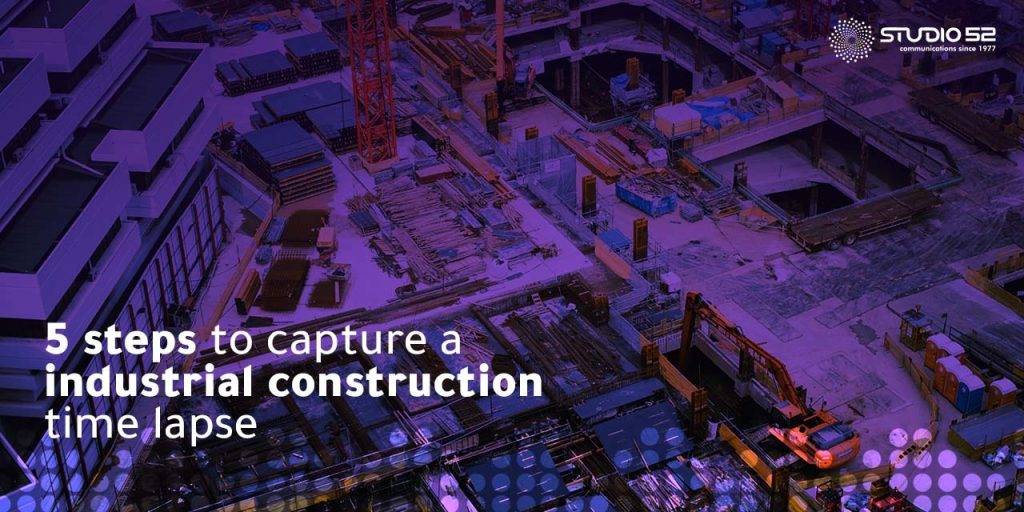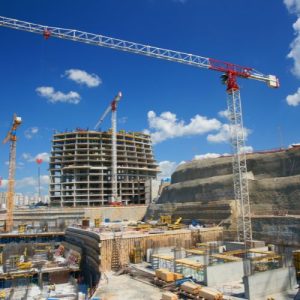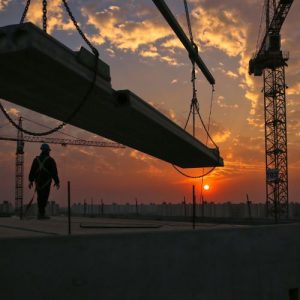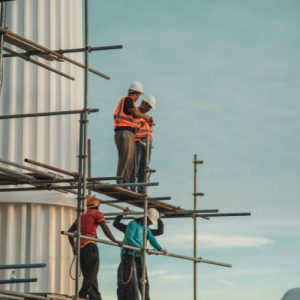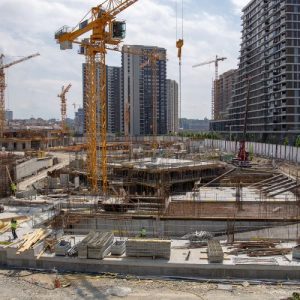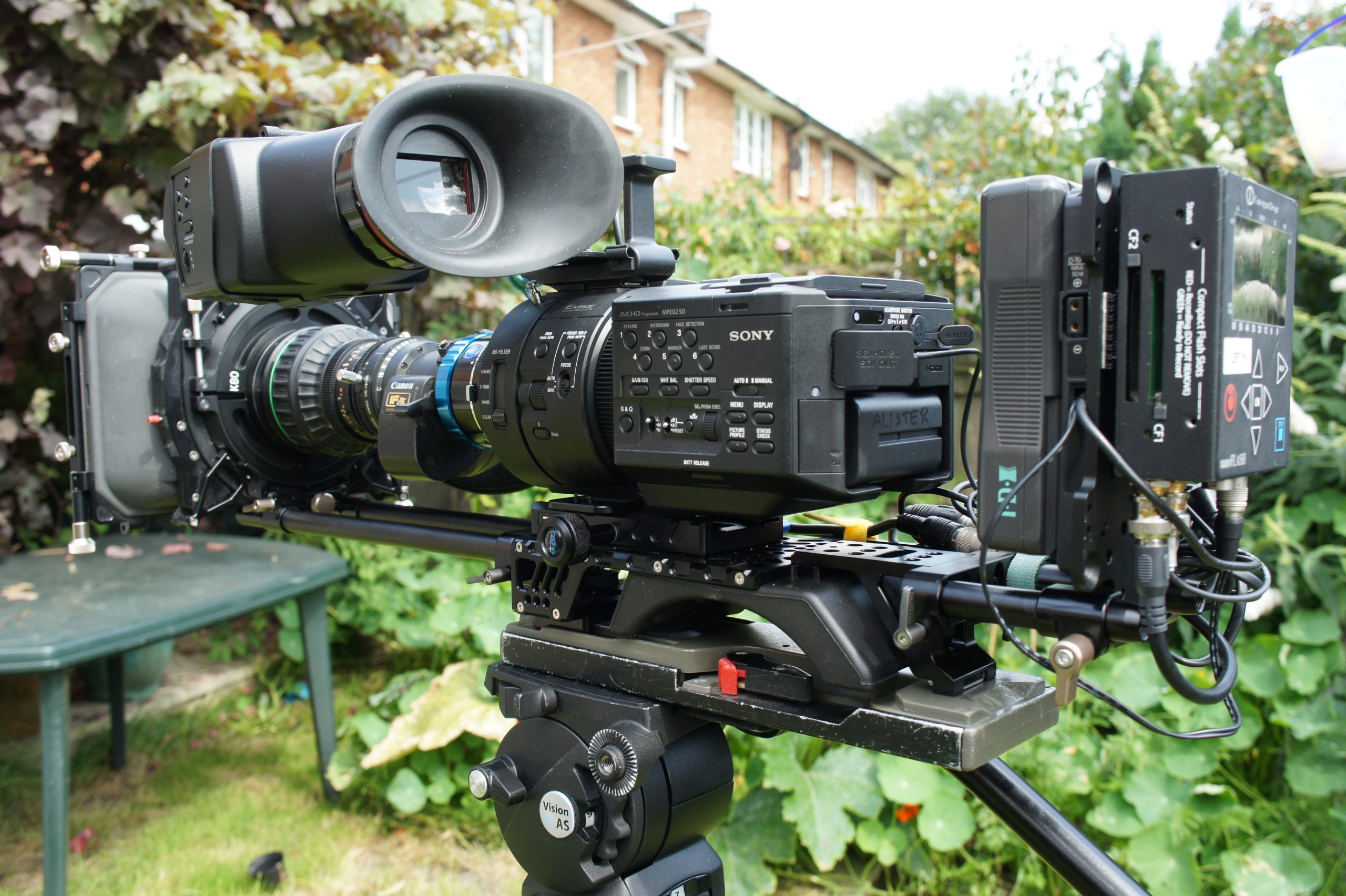A timelapse is a great way to document the progress of an industrial construction project over time. When done correctly, the timelapse can capture the full scope of the construction process from start to finish, making it a valuable tool for both project managers and stakeholders.
In this blog, we will discuss the five steps needed to capture a professional industrial construction timelapse.
Table of Content
1: Setting Up the Equipment
Choosing the right camera is critical for capturing quality footage to create timelapse construction video. Professional-grade cameras are best for this type of project, and using the right lens for the camera can help capture the desired results.
Once the camera and lens have been chosen, the next step is to find the right mounting position for the camera. This is important for getting the camera in the optimal position to capture the entire construction project.
2: Choosing the Right Intervals
Before starting the timelapse, it is important to determine what time intervals are needed to capture the construction project most effectively.
Depending on the length of the project and the desired results, the intervals should be set so that the footage captures the details of the project in the most efficient way.
Once the intervals have been determined, the next step is to choose the appropriate time intervals for the project.
3: Scouting the Location
Once the equipment and intervals have been chosen, the next step is to analyze the site for potential hazards. It will help ensure the safety of the equipment and personnel.
After assessing potential hazards, the next step is to determine the best angle for optimal results. This will help ensure that the footage captures the important details of the project.
4: Lighting Considerations
Proper lighting is essential for capturing quality footage of an industrial construction project. The first step is to determine the lighting needs of the project. It will help ensure that the lighting is set up correctly and that the footage captures the right details.
Once the lighting needs have been determined, the next step is to choose the right lighting equipment. It will help ensure that there is enough light to capture the footage most effectively.
Delve deeper into: Distinctive and Captivating Qualities of Timelapse Videos
5: Ensuring Quality
After all the equipment is set up and the lighting considerations have been taken care of, the next step is to test the equipment to make sure that everything is functioning properly. It will help ensure that the footage is captured in the most effective way.
Once the equipment has been tested, the last step is to monitor the timelapse throughout the project. This will help ensure that the footage is captured without any issues and that the results are of the highest quality.

Benefits of Creating a Construction TimeLapse
Here are a few benefits of creating construction timelapses:
Cost-Effective
Creating a timelapse of a construction project is a cost-effective way to quickly document progress and track milestones. By utilizing a timelapse, project owners can save on overhead costs associated with traditional onsite supervision and documentation.
Comprehensive Record
Timelapses create a comprehensive record of a construction project that can be used to review progress, identify issues, and compare against the original design. It helps ensure that the project is on track and that any issues can be addressed quickly and efficiently.
Improved Safety
Timelapses help reduce the need for on-site supervision, which can improve safety as fewer people are exposed to the construction site. Timelapses also help identify potential safety issues that can be addressed before they become a problem.
Improved Efficiency
By tracking progress with a timelapse, project owners can identify bottlenecks and inefficiencies quickly and easily. It can help project managers adjust workflow and ensure that the project is completed on time and on budget.
Reduced Liability
Timelapses can help project owners reduce liability, as they can be used to document all progress on the project. This can help protect the project owner from any potential claims or disputes.
Easily Shareable
Timelapses are easily shareable, allowing project owners to quickly and easily share progress with stakeholders, subcontractors, and other parties involved in the project.
Visual Documentation
Timelapses provide a visual record of the project that is easy to understand and reference. This can help you review and make appropriate decisions about the project.
Improved Morale
Timelapses can help boost morale on construction projects, as they provide a visual representation of the progress being made. Seeing the project come together can be a great motivator for all involved.
Bottom Line
Capturing a perfect timelapse construction video in 2024 requires careful planning and preparation. Taking the five steps outlined in this blog can help ensure that the timelapse is professional and of the highest quality.
With the right combination of equipment, intervals, location, lighting, and quality assurance, an industrial construction timelapse can be a powerful tool to document and track a project from start to finish.


